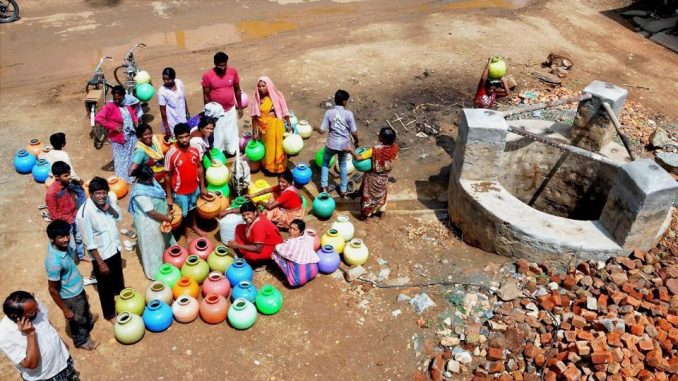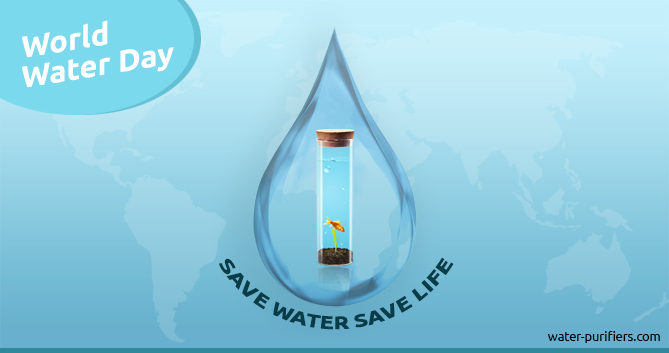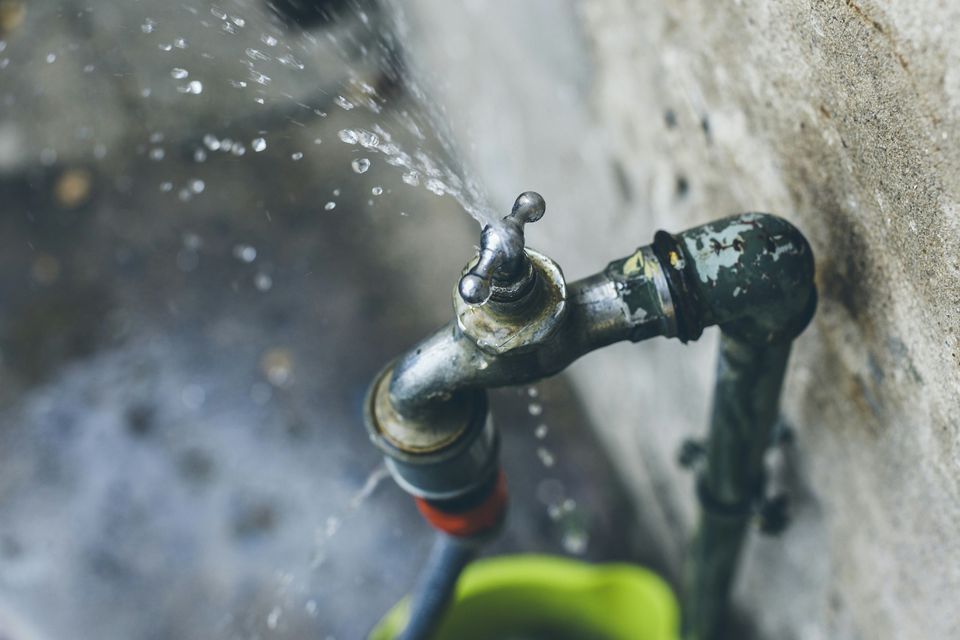“We never know the worth of water till the well is dry said” Thomas Fuller.
Do you know how much water we waste in a day? Many of us are wasting water on a daily basis without even realising it. Not turning off the tap when brushing your teeth, leakages, washing your vehicle with fresh water are some of the ways we are wasting water on a daily basis. These are some of the major reasons for water wastage in the developed countries.
Water is essential for our everyday activities. We use about 27% of water for bathing and toilet use. Approximately, a leaking faucet can waste 4,000 drops of water, which is equal to a litre of water. A flush of the toilet uses six and a half gallons of water. With the recent reports of India’s Silicon Valley facing a man-made water crisis, it is high time take appropriate steps to save water. On this World Water Day, let’s pledge to take an initiative to stop wasting water.
Table of Contents
The Situation in India

India is not only the second most populated country in the world but also has the fastest growing middle-class population. Futurists predict that we are not too distant from a future where all that we consider as a luxury today will be easily accessed by people. However, all the basic necessities will become a luxury. The basic need includes fresh water. There has been tension between states within India for the sharing rivers. Water conservation is possible only when you stop wasting water.
Here are some numbers that you highlight the grim situation faced by India:
- Approximately 163 Million Indians don’t have access to clean drinking water
- 21% of the communicable diseases are linked to unsafe drinking water
- Every day 500 children die because of diarrhea in India
Unfortunately, more than half the rivers are polluted and considered unsafe by modern standards. The main water bodies of India-Ganga, Yamuna and Sabarmati have a deadly mix of pollutants, which are both organic and hazardous.
Water has always been considered an omnipresent element that is and will be available anywhere and everywhere. Never has its worth been more impactful unless it is scarce. Governments in developing and developed countries make sure water is available to its people on a regular basis to maintain life. According to Global Change, if the poorest nations gain a standard of living equivalent to wealthy nations today, the demand for water will increase three times the figure of 3,350 cubic kilometres seen in 2000.
Reasons for the Acute Water Scarcity
In India, where the scarcity is ever increasing, a huge margin of the water supplied by the municipalities is lost in the process of distribution due to leakage and mixing of dirty water. According to The Hindu, an average Indian utilizes about 150-200 litres of water a day. Even though only 10 litres is consumed for cooking and drinking, 40 litres a day is spent on washing dishes, clothes, floor, and 85 litres utilised for bathing and toilet flushing. Water pipes that supply water to villages and many remote places are not maintained, which is the reason why leaks are not detected. Water carried on trucks drip water all the way to supply only a lesser amount of water to the people.
Also Read: Water – An Element Of Mother Nature That We So Badly Need
Ways to Combat the Problem
Nature-based solutions can play an important role in tackling the challenge of water scarcity. Based on the theme ‘Nature for Water’ of this World Water Day 2018, here are some nature-based solutions to avoid wasting water.
- Plant new forests
- Restore wetlands
- Rainwater harvesting
- Greening the rooftops and walls
- Natural techniques of flood control
Lack of water is the greatest challenge facing humanity in many parts around the world. More than a billion people lack access to clean water. Approximately 2.3 billion people already live in areas where there are water shortages. By 2025, 3.5 billion people will probably live in no-water zones says futurist writer Patrick Dixon. This scare off a water-deficient future has forced researchers and environmentalists to relook and rethink at the consumption of water by the citizens of the world. The nature-based solutions may help in saving water to some extent and also reduce wastage.
Also Read: Steps to Ensure Safe Drinking Water for All
Last Few Words
Water footprint is the amount of freshwater utilized by a person, or group or community. Water Footprint also considers virtual water, for example, we would think that a cup of coffee is nothing more than a cup of water, but in order to calculate the water footprint, we need to include the amount of water used to grow, refine, process, package, and import coffee. This makes it 140 liters of water to make one cup of coffee. It takes 2,400 liters of water to make a hamburger. This is virtual water. Consequently, consuming products that have high water footprint means that we reduce a lot of freshwater from the planet. It takes 16,194 liters of water to produce a kilo of almonds, whereas it takes 214 liters of freshwater to produce a kilo of fresh tomatoes.
Installing simple water meters in houses, offices, companies, and other establishments can help monitor the usage of water. It is highly important that we watch every step of our water


